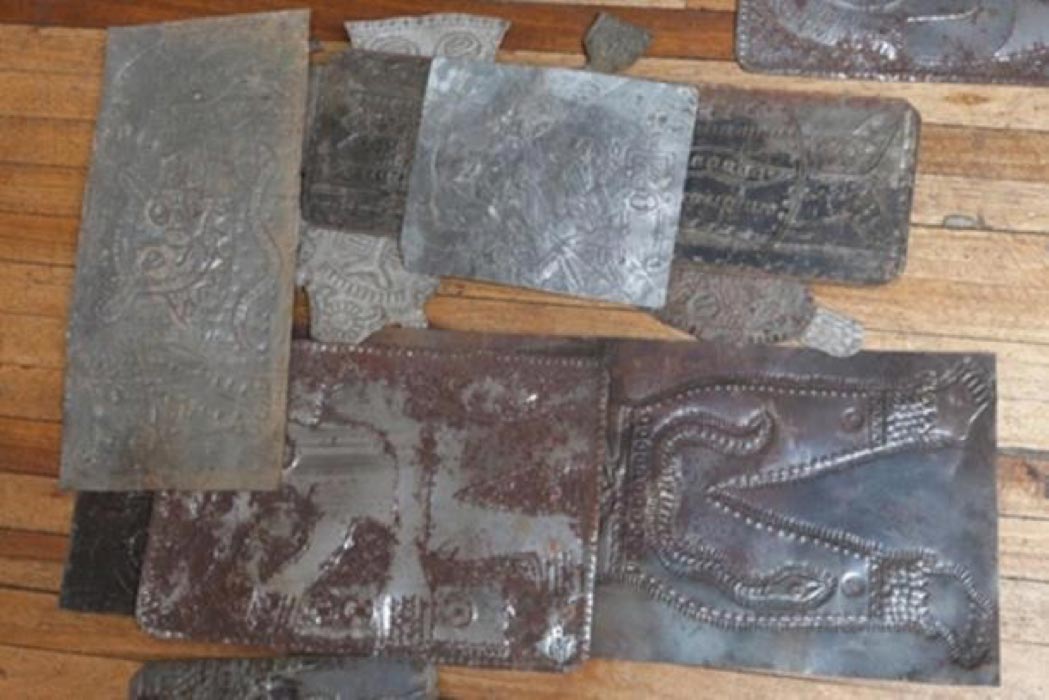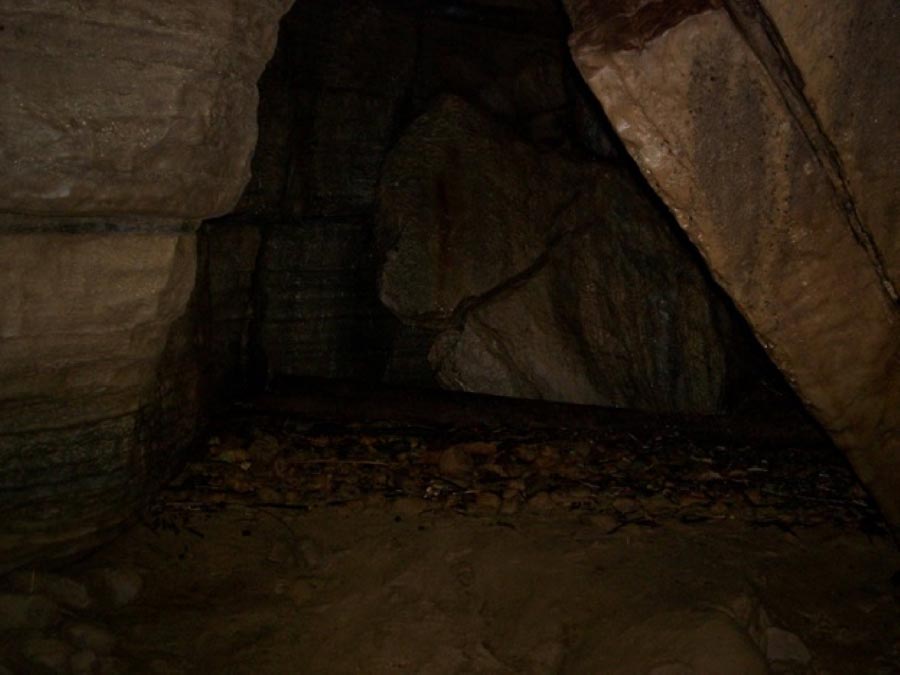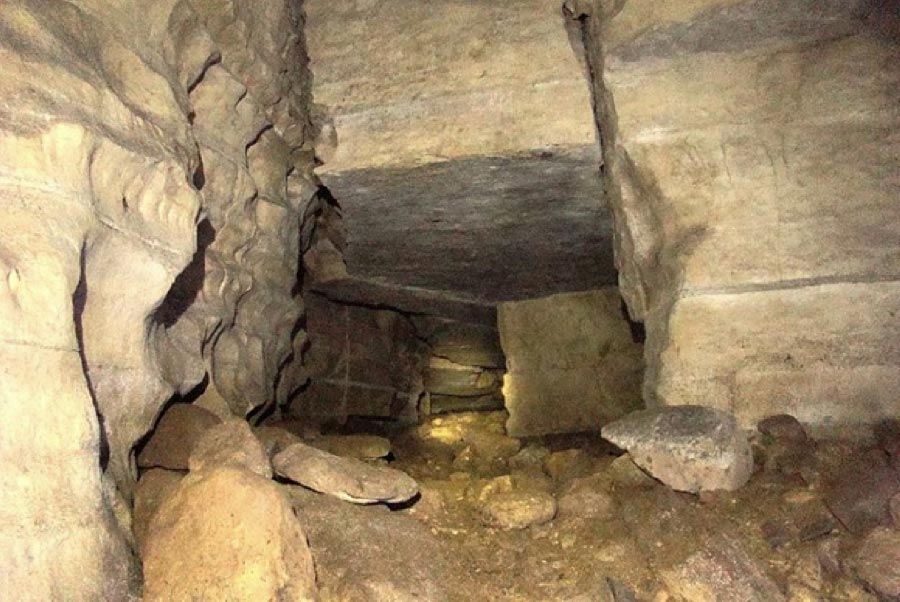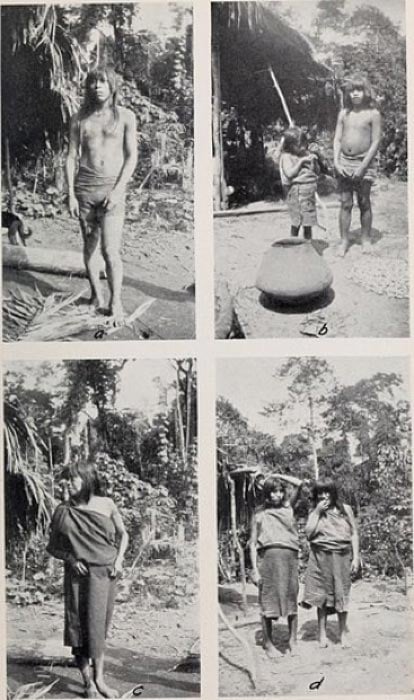
The Elusive Metal Library of the Tayos Caves
Legend has it that a metal library, containing valuable plates of inscriptions, recording an ancient history of some 250 000 years ago, written by an advanced previous civilization, is hidden in the Tayos Caves, in the Amazon forest of the Morona Santiago province, Ecuador. Sharing his more than 30 years of research into the Tayos Caves as well as his own explorations, author and filmmaker Alex Chionetti examines the legends and mysteries associated with this site and the explorers who have ventured within.

Crypthorse sculpture (Image: Courtesy Alex Chionetti)
The Cuevas de los Tayos is one of the longest cave systems in South America and remained unexplored for a half century after the first reports of its existence in 1860. Despite so much noise about it since the 1970s, the inexplicable architectural marvels of the caves were poorly documented against the background of a plethora of legends which resist evaporation. Endeavoring to bring the Tayos cave system to the attention of the most prestigious institutions of scientific exploration was a 10-year journey wrought with apathy and controversy, conspiracy, disappointment and despair for Chionetti.

Corridor in the Tayos Cave that measures about 200m / 656 feet. One can see straight walls and geometric geometries in the rock. (MezzoforteF / CC BY-SA 3.0)
During the 1970’s it became clear that the Tayos cave system consisted of a labyrinth of more than a hundred connected caves. The vast majority of these caves do not only present evidence of being connected, but also of human settlement dating to the upper Paleolithic period (circa 9000 BC )and to the Neolithic age, (3000 BC) when the caves are believed to have been inhabited by a Pre-Shuar civilization.
- The Truth About Father Crespi and His Missing Artifacts Finally Revealed
- Who Stole the Gold? The Smoke Clears Around the Tayos Caves in Ecuador
- Expedition to Tayos Caves: Never Before Seen Photographs Shed Light on Mysterious Underground Network
Decades of border geopolitics with Peru made the region impassable, not only due to minefields and the constant tension of border wars, but also due to differences between ethnic and centralized governments that granted privileges to oil and mining companies, rather than to its own citizens. These jungle caverns have been attracting the interest and curiosity of recent generations without giving up its secrets, alluded to in legends. Regarded as one of the most dangerous areas on the planet due to hostilities and violence, it seems to have calmed down the last few years.

Photos of the Shuar (1901) (Public Domain)




